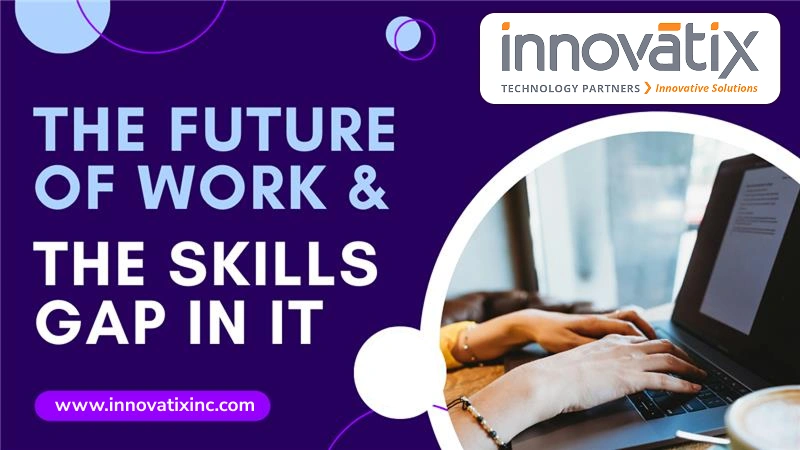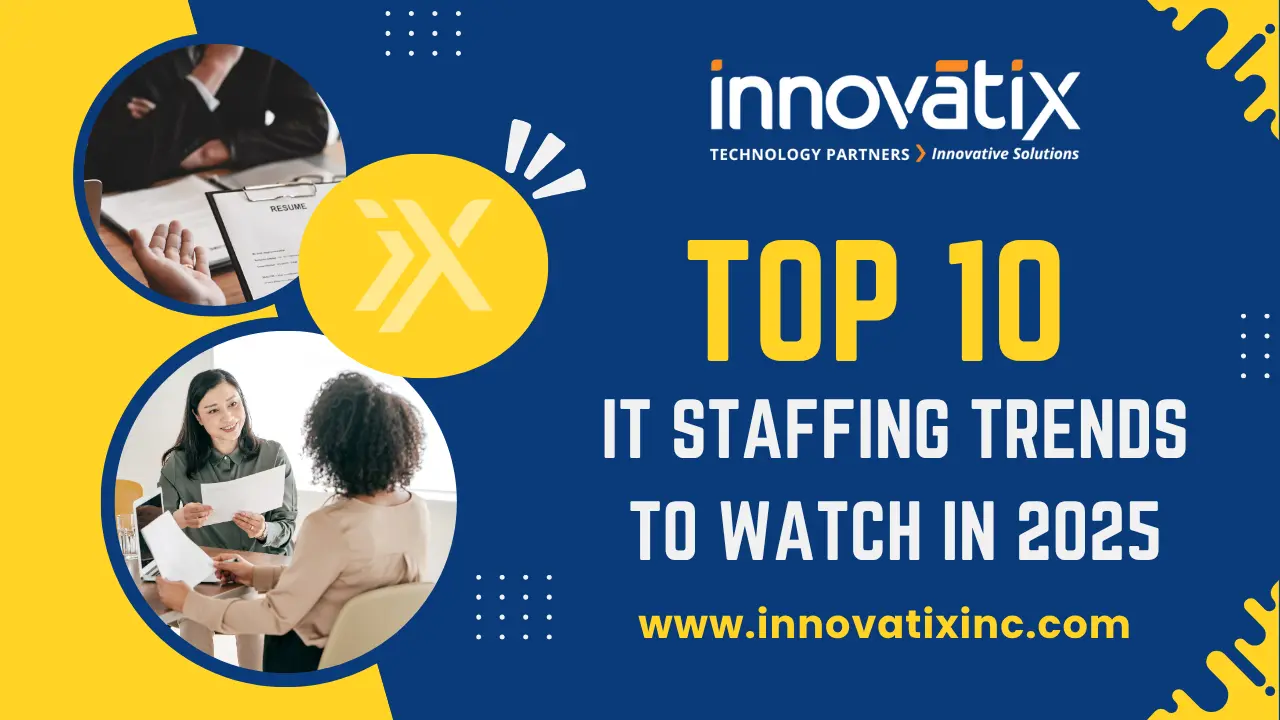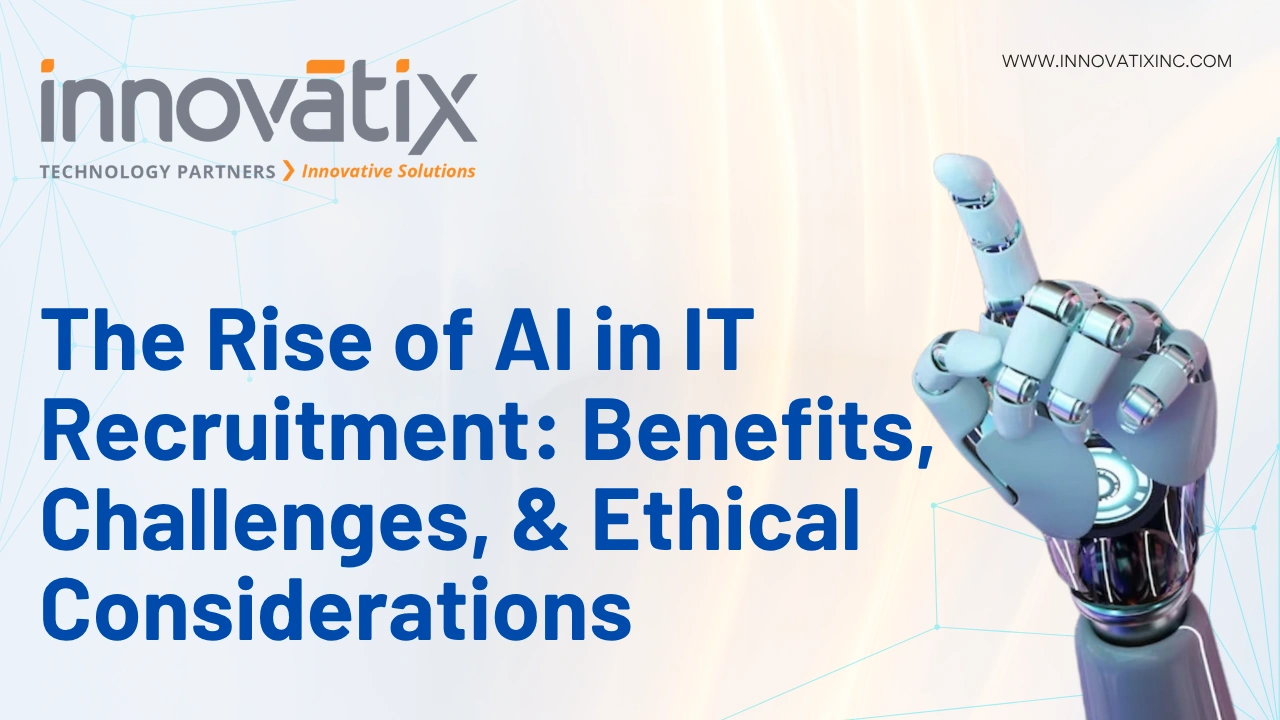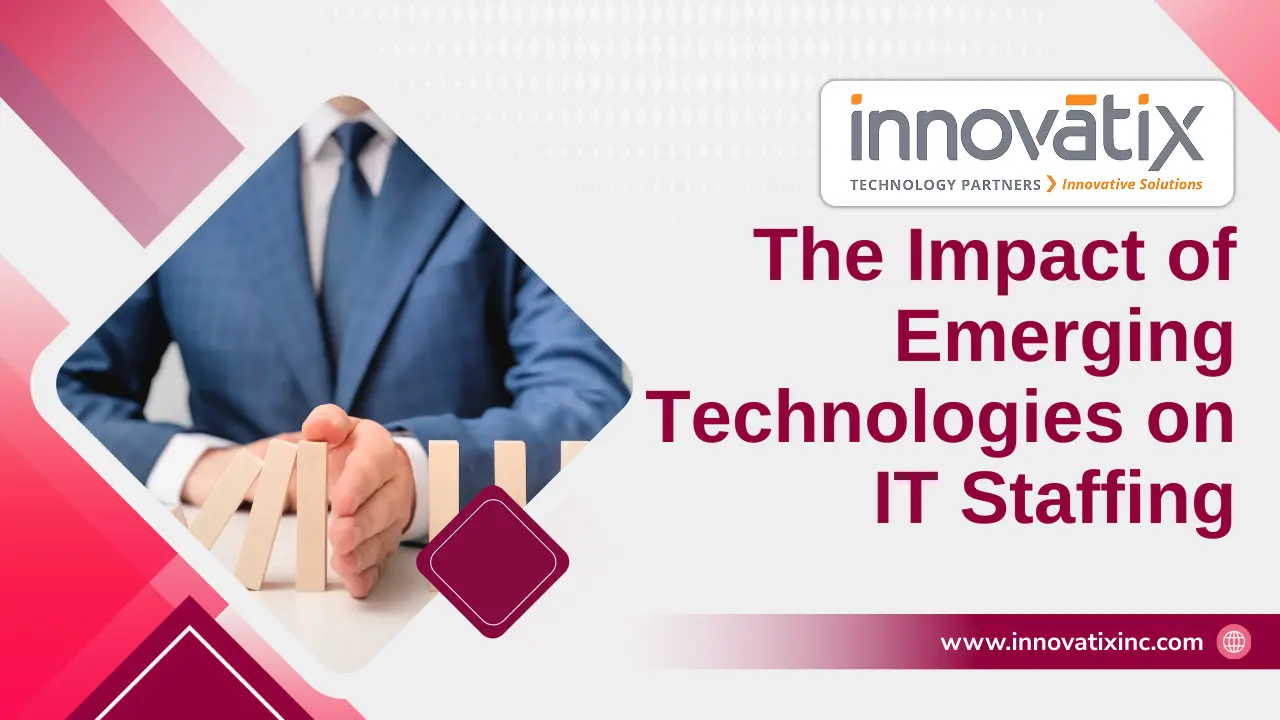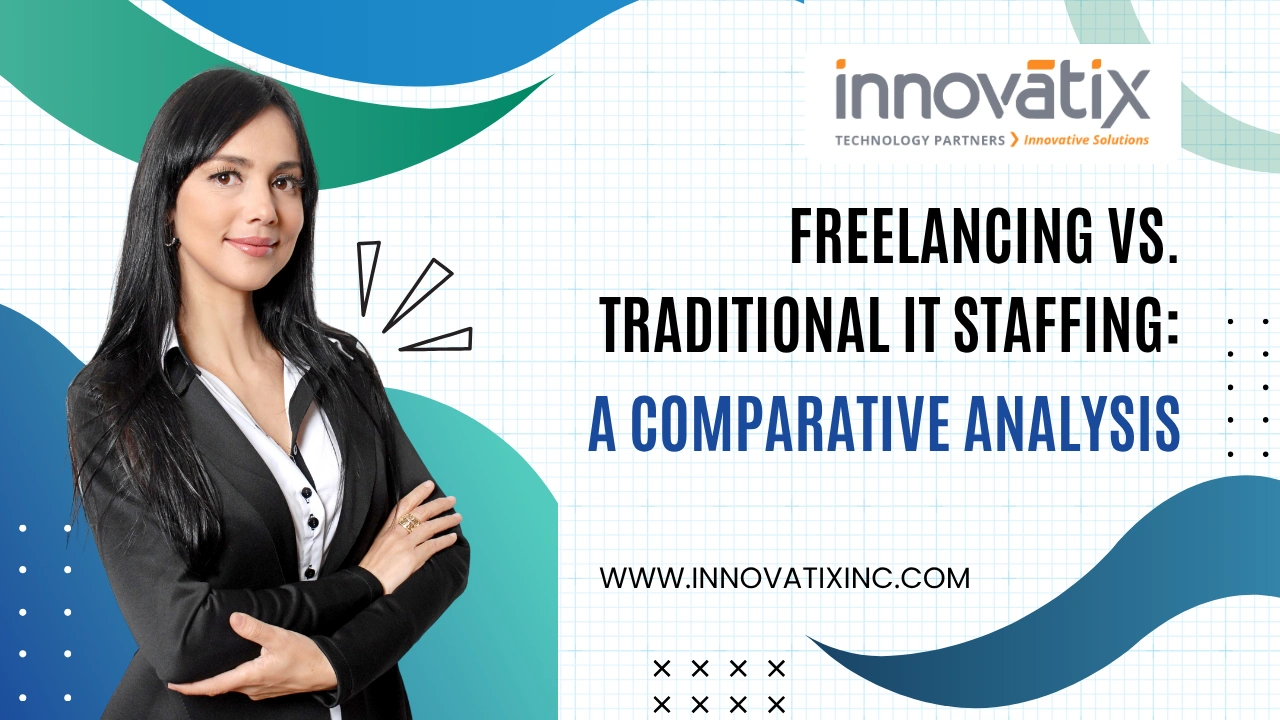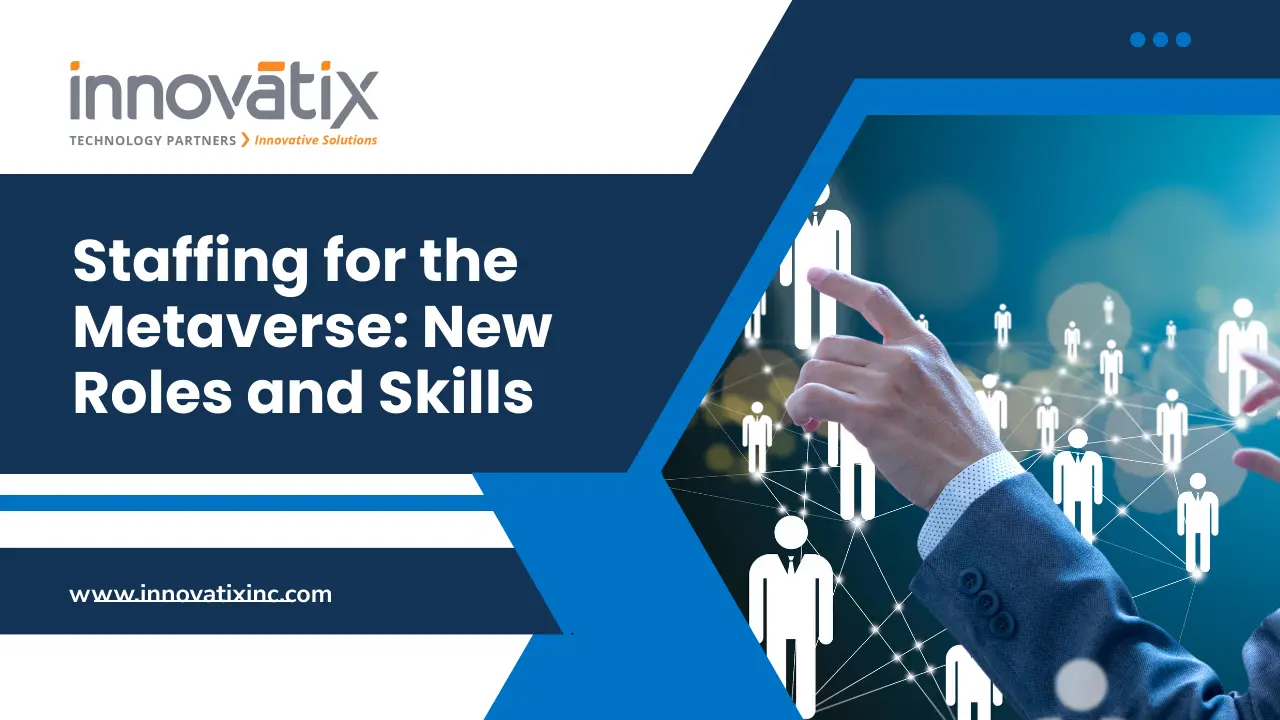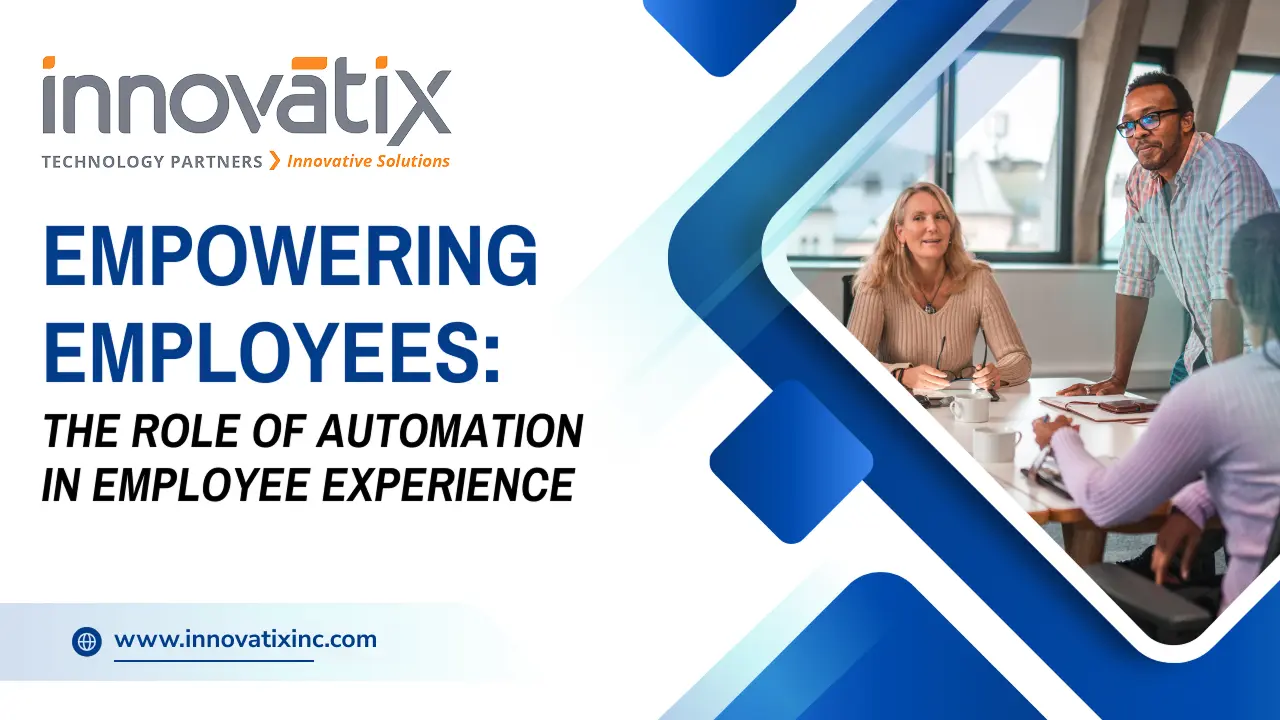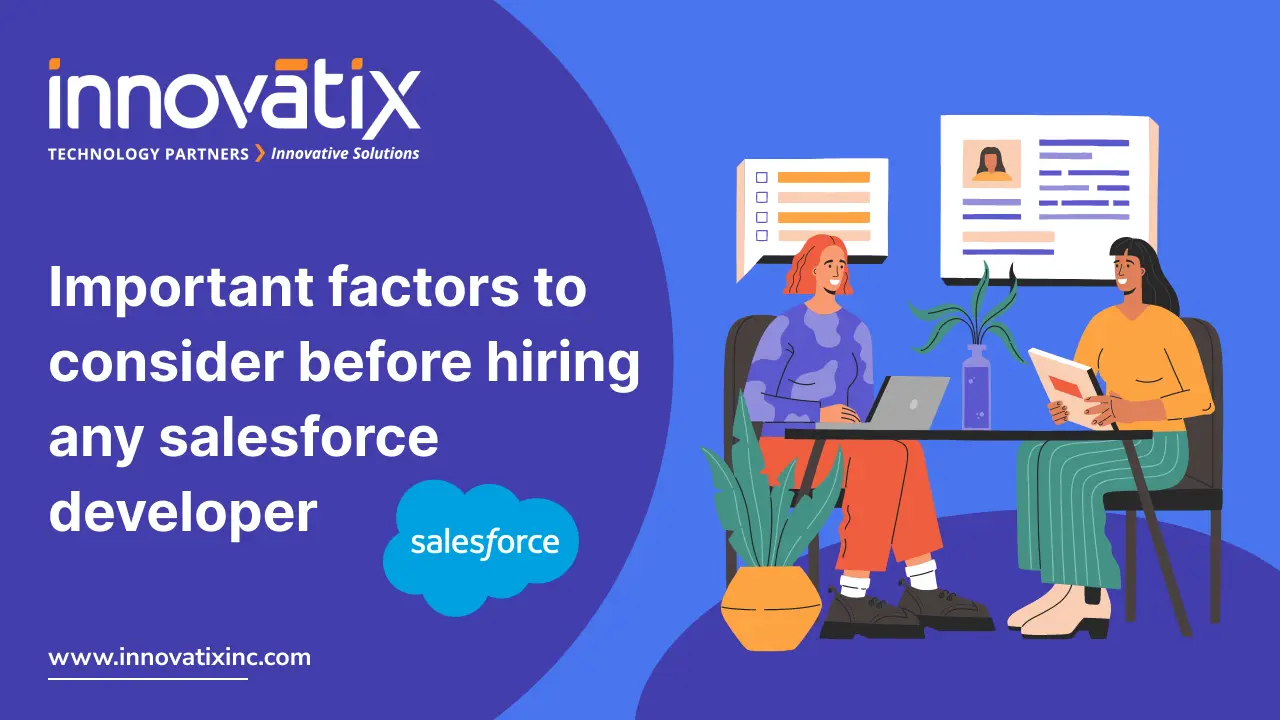Partnering for Success: When to Use IT Staffing Agencies
The competition between organizations within modern technology landscapes creates an ongoing requirement to find and keep skilled IT experts through effective and quick methods. Fast-moving digital transformation requires companies to use skilled professionals who can start executing projects effectively from the beginning. Working in partnership with staffing agencies provides organizations with decisive business benefits. Today’s businesses rely heavily on IT staffing service partners who deliver versatile and expandable talent facility solutions. What timing is ideal for companies to work with IT staffing agencies, and what advantages stem from this collaboration? This blog delves into the best applications for staffing agencies to use by examining current market statistics and provides guidelines for selecting the appropriate partner from leading IT staffing organizations. Why Partner with IT Staffing Agencies? The existing labor market for technology professionals features more available positions than qualified people seeking employment. A 2024 Gartner report reveals that organizations across the globe face challenges filling IT positions with suitable candidates, as 60% struggle to find suitable candidates. Internal recruitment teams become less efficient because of the talent shortage, quick project schedules, and advancing technology patterns. IT recruitment agencies provide professional services to find qualified candidates who meet exact skill requirements for both short-term assignments and permanent positions. They offer several advantages: When to Use IT Staffing Agencies 1. Launching New IT Projects or Expanding Teams Quickly The urgency of time requires companies to seek out premier IT staffing agencies that deliver swift talent implementation. The Staffing Industry Analysts published a 2023 report demonstrating that 72% of IT departments collaborated with staffing firms for product launches and digital transformation projects to meet vital deadlines. 2. Managing Seasonal or Temporary Workforce Needs IT workload demands experience varying degrees of intensity throughout the business year, leading to system upgrade requirements and security audit tasks. Organizations solve staffing issues by working with IT temporary staffing agencies to avoid expensive long-term employment commitments. By applying this framework, organizations gain enhanced speed and maintain affordable expenditures. 3. Filling Skill Gaps in Specialized Technologies The changing technology landscape requires workers to adapt quickly. Recruiting professionals from specialized IT agencies will enable you to find talented workers with expertise in cloud computing, cybersecurity, AI/ML,, and other modern technology fields. The largest IT staffing companies maintain specialized teams for these professional needs to assure quality staffing assignments. 4. Supporting Internal HR During High Volume Hiring Using US IT staffing companies and global firms as service providers becomes essential to relieve internal HR teams that lack sufficient capacity. These agencies execute candidate sourcing, initial screening, and interview tasks, which allow internal teams to maintain their strategic priorities. 5. Exploring Permanent Hires with a Trial Period Many businesses use staffing agencies to place contractors with the option to transition to full-time roles. Employees can use this interim opportunity to determine candidate quality against permanent positions while mitigating employment risks. Choosing the Right IT Staffing Partner Not all staffing agencies are created equal. Selecting from top IT staffing agencies or top IT recruiting firms requires assessing several factors: According to a recent CareerBuilder survey, companies partnering with specialized staffing agencies reported a 25% improvement in employee retention after hiring. Leveraging IT Staffing Services for Long-Term Success The IT recruitment field experiences quick transformational changes. Closely working with staffing services helps businesses create market leadership by acquiring skilled talent quickly, reducing recruitment uncertainties, and retaining staffing adaptability. Strategic collaboration with staffing agencies provides startups and established enterprises with a future-proof solution to build their growing IT teams. The development of agile and talented IT teams holds vital importance to Innovatix Technology Partners. We guide businesses through the complex IT talent market by connecting them to top IT talent. Contact us today to construct an exceptional team for your organization.



